embracing commonsense solutions at large.
For systematic evaluations, we have created a dataset
with 561 execution-time situations collected from a dining
domain [23]–[25] using a crowd-sourcing platform, where
each situation corresponds to an instance of a robot not being
able to perform a plan (that normally works). According to
experimental results, we see COWP performed significantly
better than three literature-selected baselines [6], [8], [11]
in success rate. We implemented and demonstrated COWP
using a mobile manipulator.
II. BACKGROUND AND RELATED WORK
In this section, we first briefly discuss classical task
planning methods that are mostly developed under the closed
world assumption. We then summarize three families of
open-world task planning methods for robots, which are
grouped based on how unforeseen situations are addressed.
Classical Task Planning for Closed Worlds: Closed world
assumption (CWA) indicates that an agent is provided with
complete domain knowledge, and that all statements that are
true are known to be true by the agent [2]. Most automated
task planners have been developed under CWA [1], [5],
[26]. Although robots face the real world that is open by
nature, their planning systems are frequently constructed
under the CWA [7], [27], [28]. The consequence is that
those robot planning systems are not robust to unforeseen
situations at execution time. In this paper, we aim to develop
a task planner that is aware of and able to handle unforeseen
situations in open-world scenarios.
Open-World Task Planning with Human in the Loop:
Task planning systems have been developed to acquire
knowledge via human-robot interaction to handle open-
world situations [29]–[31]. For instance, researchers created
a planning system that uses dialog systems to augment
their knowledge bases [29], whereas Amiri et al. (2019)
further modeled the noise in language understanding [30].
Tucker et al. (2020) enabled a mobile robot to ground new
concepts using visual-linguistic observations, e.g., to ground
the new word “box” given command of “move to the box”
by exploring the environment and hypothesizing potential
new objects from natural language [31]. The major difference
from those open-world planning methods is that COWP does
not require human involvement.
Open-World Task Planning with External Knowledge:
Some existing planning systems address unforeseen situa-
tions by dynamically constructing an external knowledge
base for open-world reasoning. For instance, researchers have
developed object-centric planning algorithms that maintain a
database about objects and introduce new object concepts
and their properties (e.g., location) into their task plan-
ners [8], [9]. For example, Jiang et al. (2019) developed an
object-centric, open-world planning system that dynamically
introduces new object concepts through augmenting a local
knowledge base with external information [8]. In the work
of Hanheide et al. (2017), additional action effects and
assumptive actions were modeled as an external knowledge
to explain the failure of task completion and compute plans
in open worlds [7]. A major difference from their methods is
that COWP employs an LLM that is capable of responding
to any situation, whereas the external knowledge sources of
those methods limits the openness of their systems.
Open-World Task Planning with LLMs: LLMs can encode
a large amount of common sense from corpus [32] and
have been applied to robot systems to complete high-level
tasks. Example LLMs include BERT [33], GPT-2 [17], GPT-
3 [14], and OPT [15]. For example, Kant et al. (2022)
developed a household robot that uses a fine-tuned LLM
to reason about rearrangements of new objects [10]. Other
teams used LLMs to compute plans for high-level tasks
specified in natural language (e.g., “make breakfast”) by
sequencing actions [11], [12], [34]. Different from the above-
mentioned approaches, in addition to commonsense knowl-
edge extracted from LLMs, our system utilizes rule-based
action knowledge from human experts. As a result, our
planning system can be better grounded to specific domains,
and is able to incorporate common sense to augment robot
capabilities supported by predefined skills.
III. ALGORITHM
In this section, we first provide a problem statement
and then present our open-world planning approach called
Common sense-based Open-World Planning (COWP).
A. Problem Description
A classical task planning problem is defined by a do-
main description and a problem description. The domain
description includes a set of actions, and action preconditions
and effects. The problem description includes an initial state
and goal conditions. In this paper, such a classical planning
system is referred to as a closed-world task planner. In our
case, we provide the robot with a predefined closed-world
task planner (implemented using PDDL [35]), and an LLM
(GPT-3 in our case). PDDL, an action-centered language,
is designed to formalize Artificial Intelligence (AI) planning
problems, allowing for a more direct comparison of planning
algorithms and implementations [35]. A situation is defined
as an unforeseen world state that potentially prevents an
agent from completing a task using a solution that normally
works. The goal of an open-world planner is to compute
plans and handle situations towards completing service tasks
or reporting “no solution” as appropriate.
B. Algorithm Description
Fig. 2 illustrates the three major components (yellow
boxes) of our COWP framework. Task Planner is used
for computing a plan under the closed-world assumption
and is provided as prior knowledge in this work. Plan
Monitor evaluates the overall feasibility of the current plan
using common sense. Knowledge Acquirer is for acquiring
common sense to augment the robot’s action effects when
the task planner generates no plan.
Algorithm 1 describes how the components of COWP
interact with each other. Initially, Task Planner generates a
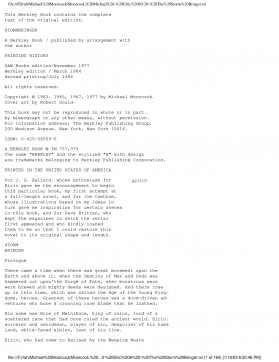
 2024-12-08 6
2024-12-08 6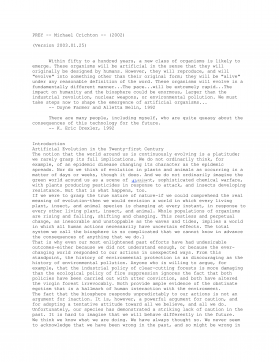
 2024-12-08 11
2024-12-08 11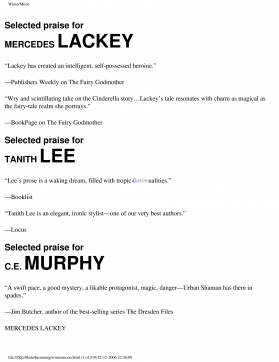
 2024-12-08 7
2024-12-08 7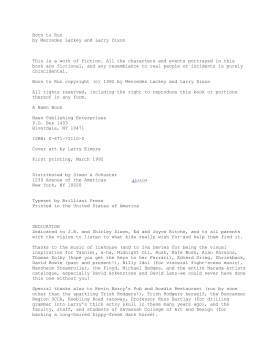
 2024-12-08 8
2024-12-08 8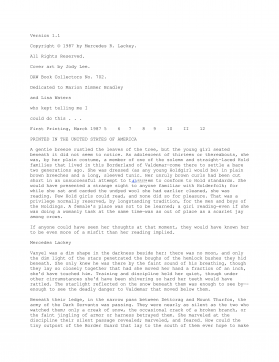
 2024-12-08 9
2024-12-08 9
 2024-12-08 14
2024-12-08 14
 2024-12-08 18
2024-12-08 18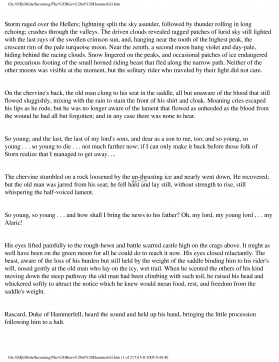
 2024-12-08 19
2024-12-08 19
 2024-12-08 15
2024-12-08 15
 2024-12-08 21
2024-12-08 21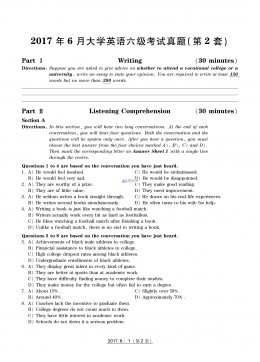
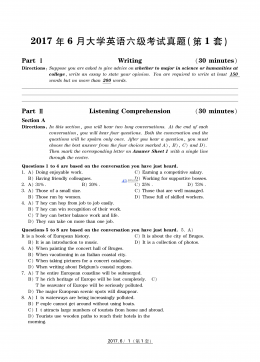
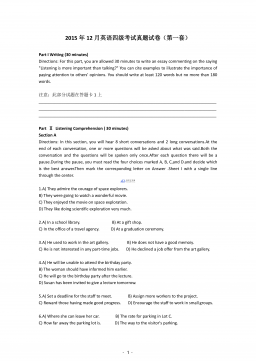

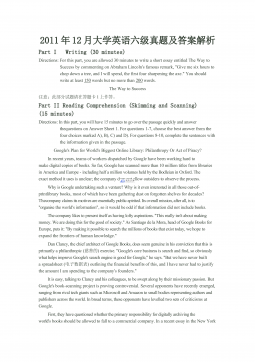


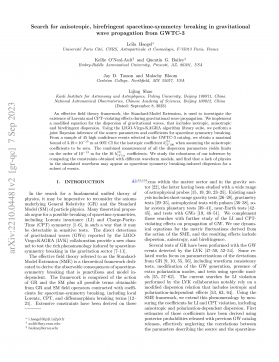
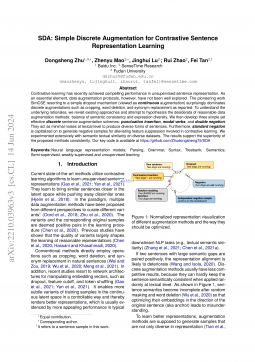
 渝公网安备50010702506394
渝公网安备50010702506394
